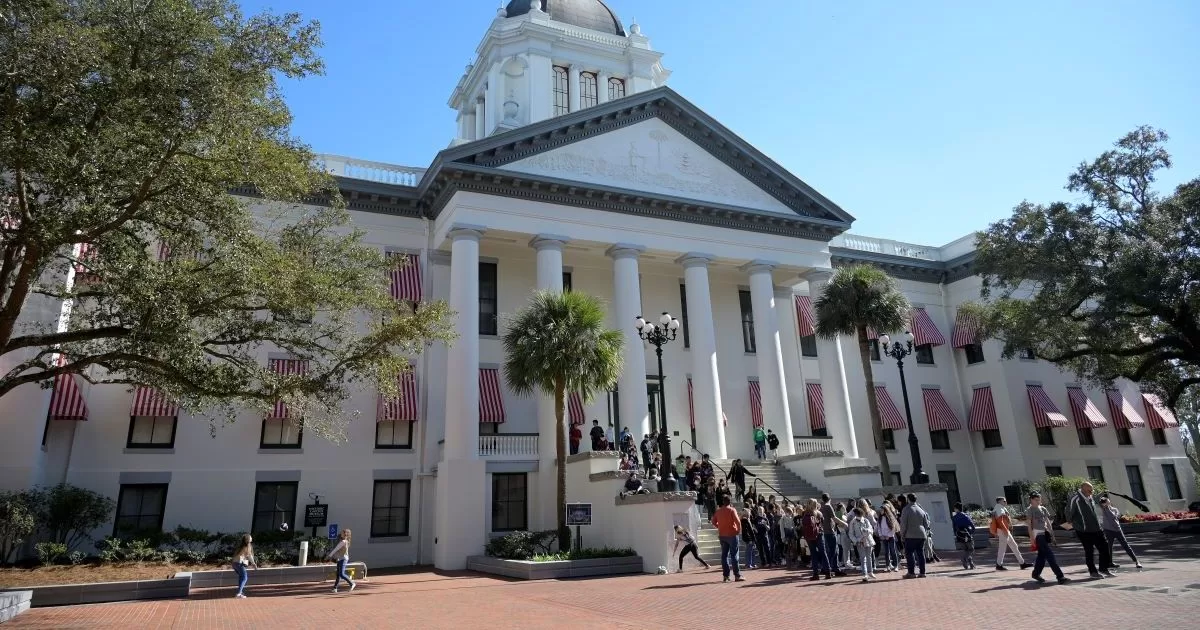In the inner part of the IC 348 star formation region, in the Perseus Molecular Cloud (a young star cluster), researchers from the Universidad Politécnica de Cartagena, Spain, found numerous molecules essential for building amino acids. The discovery could help scientists in the search for the origin of life.
Located about a thousand light-years away, the IC 348 region consists of a star-forming nebulosity and a 2-million-year-old cluster that contains approximately 400 stars. About half of the stars in the cluster have a circumstellar disk, where planets can form.
According to the new study, the inner part of this region has common molecules such as molecular hydrogen, hydroxyl, water, carbon dioxide and ammonia. In addition, there are other carbon-carrying molecules that can aid in the production of hydrogen cyanide, acetylene, diacetylene, cyanoacetylene, cyanobutadiine, ethane, hexatrine, and benzene.
IC 348 was already known as a region “very rich and diverse in its molecular content”, according to Susana Iglesias-Gorth, one of the authors of the study. “What’s new is that we (now) see the molecules in the diffuse gas from which stars and protoplanetary disks are forming,” she explains.
The mere presence of these molecules in the region does not mean that we are close to finding life beyond Earth. In fact, it is expected that in places like this organic molecules will be found. But it’s exciting to detect them in the dust disks where worlds can spawn, capturing some of these components.
If planets form around stars in this region, it’s possible that these molecules would form the building blocks of life like amino acids — which, here on Earth, formed the genetic code of ancient microorganisms and seeded the planet with life as we know it.
To determine the distribution of these molecules and look for amino acids in IC 348, the researchers now intend to rely on the help of the James Webb telescope and its high spectroscopic resolution.
The research article was published in the journal Monthly Notices of the Royal Astronomical Society.





